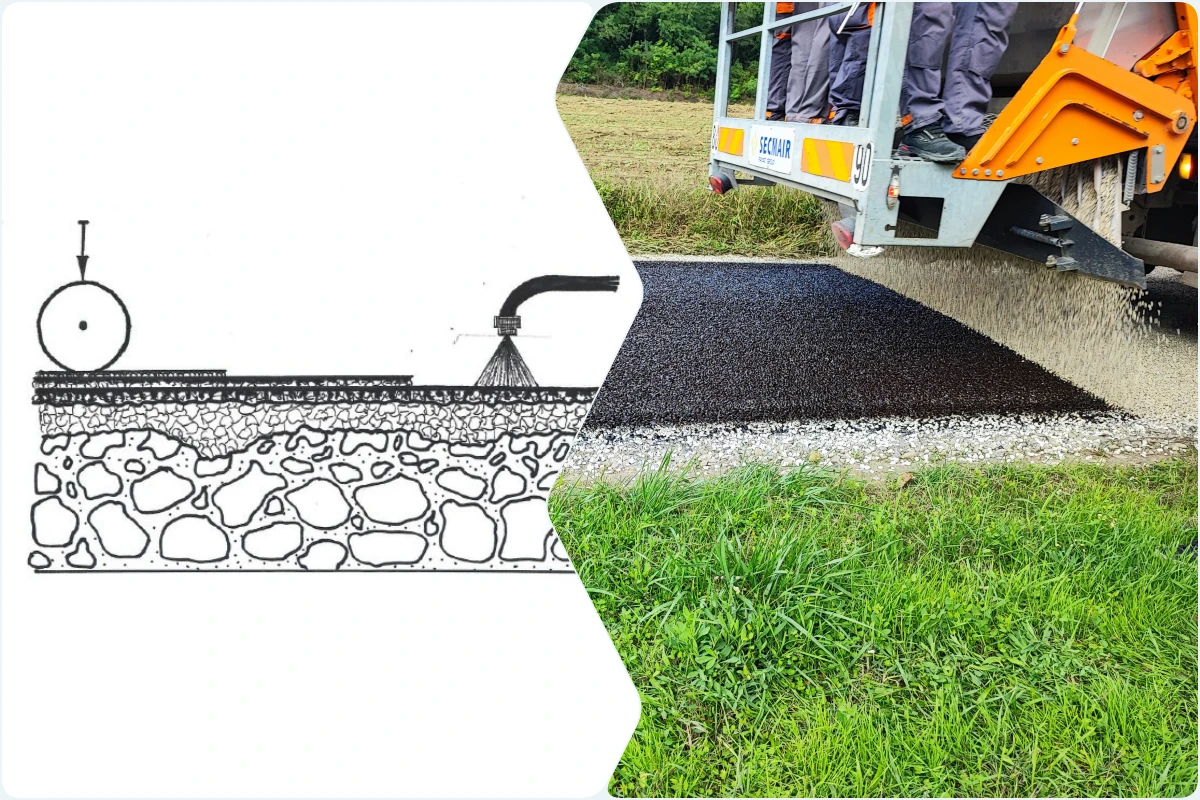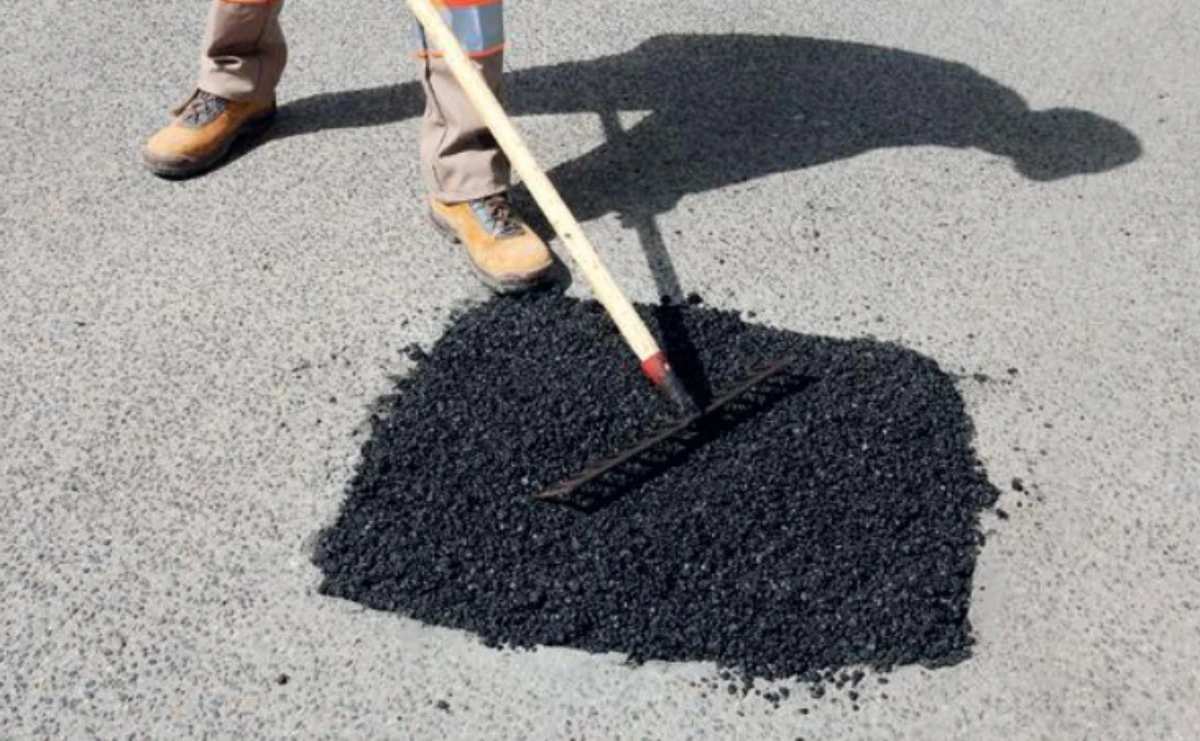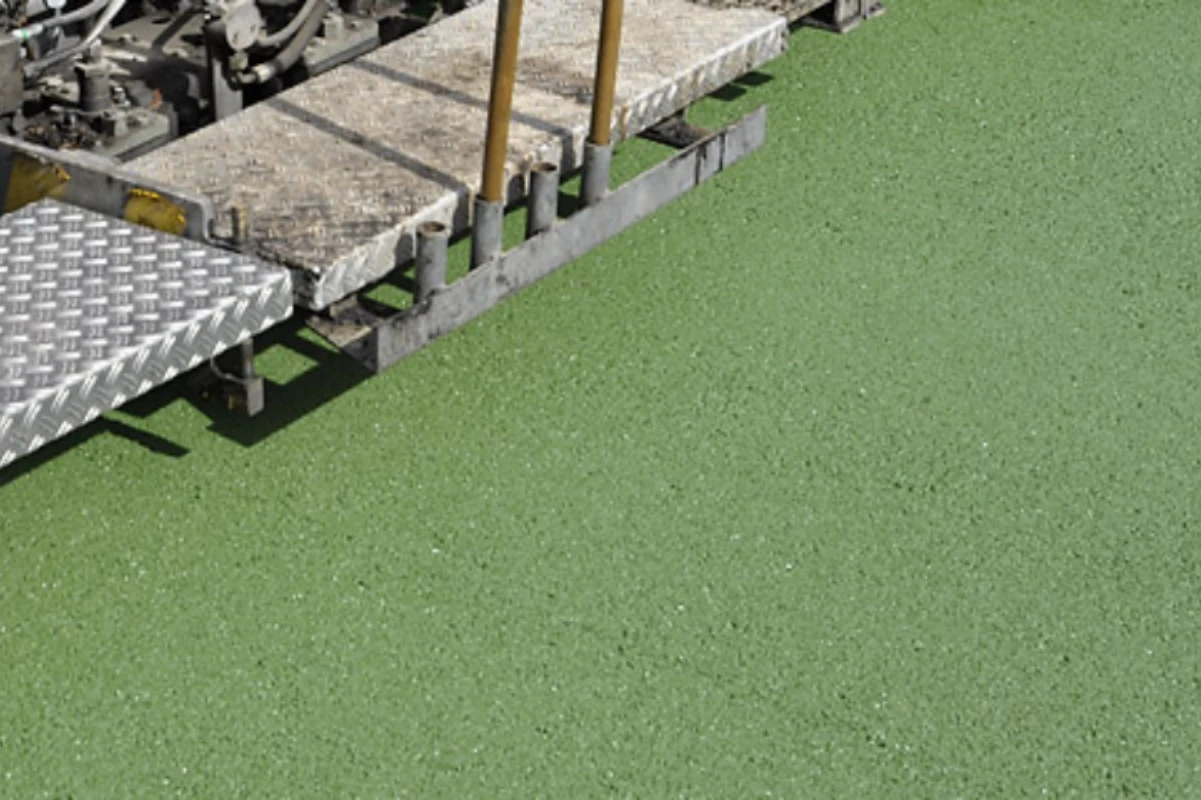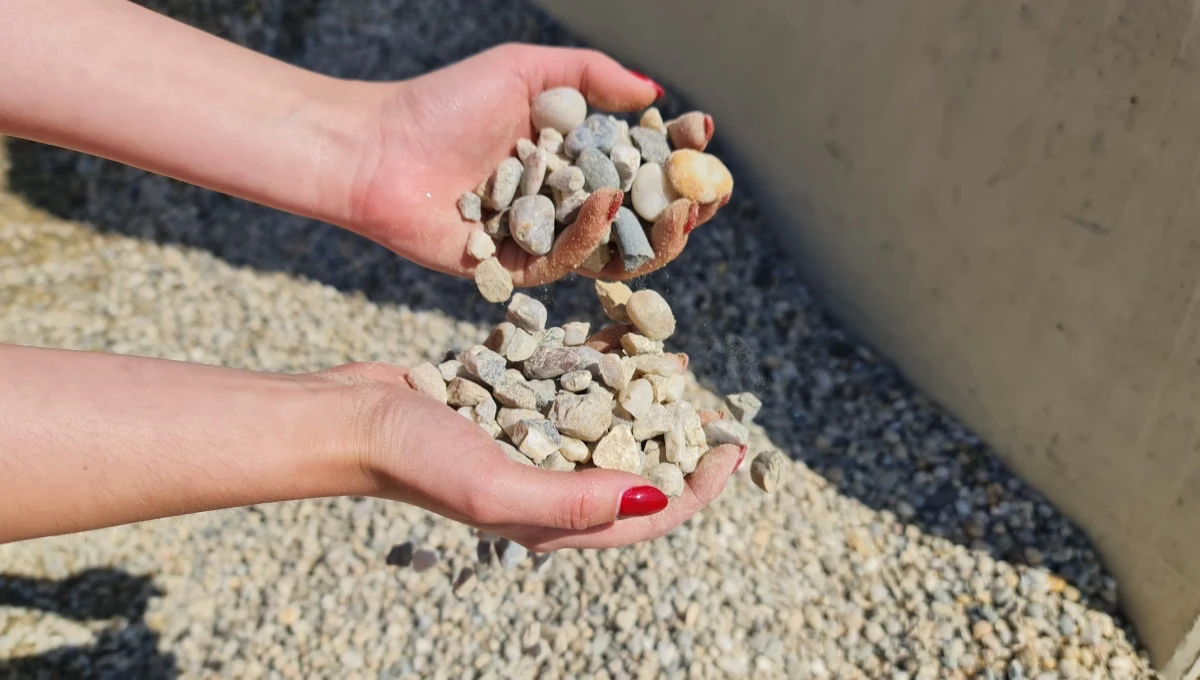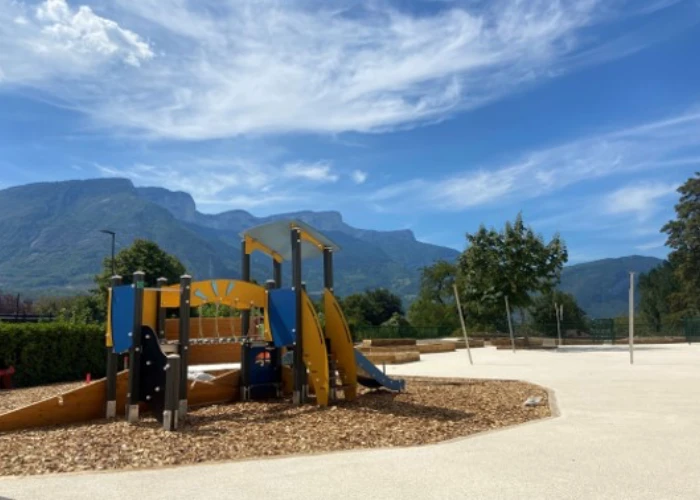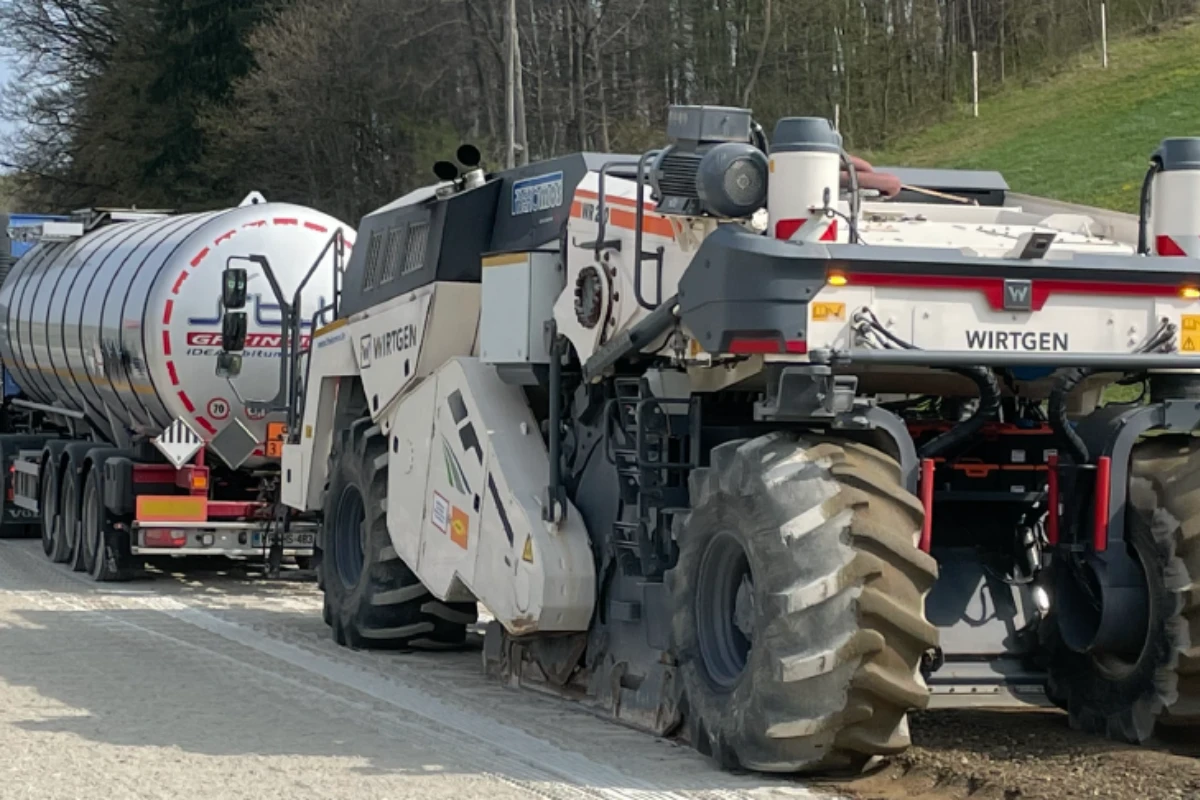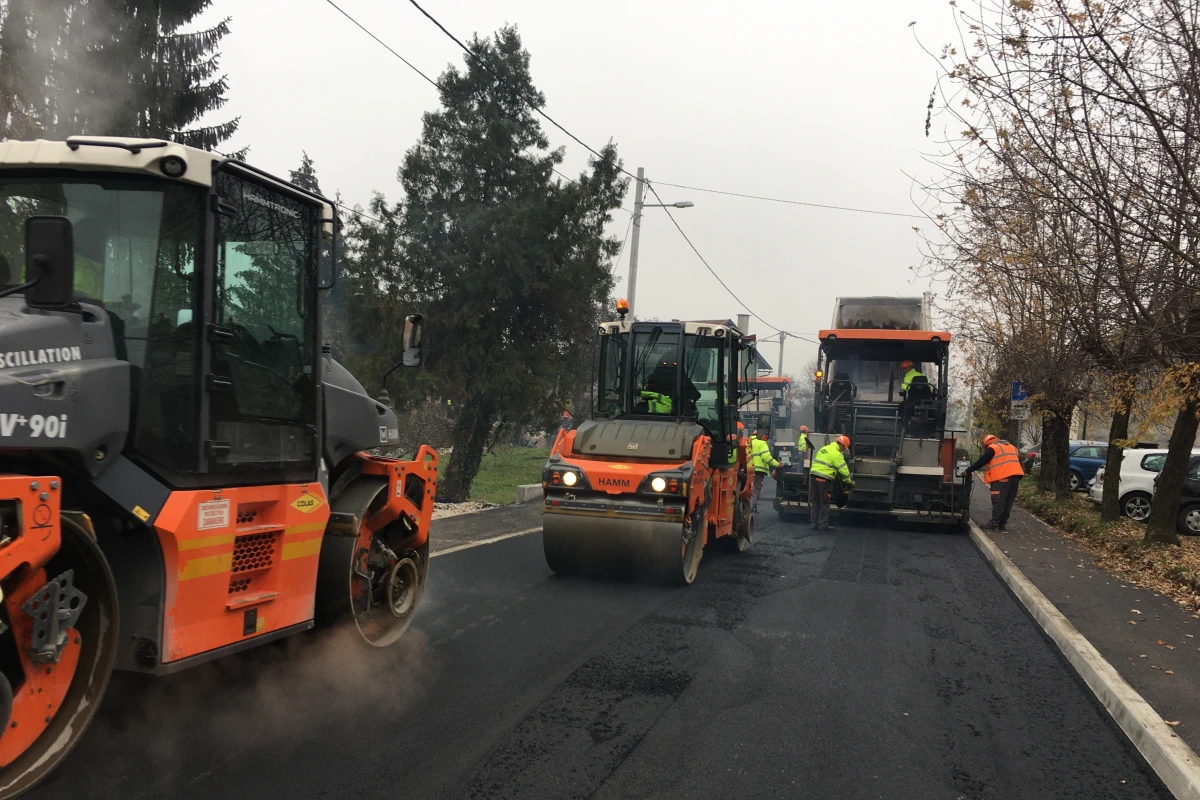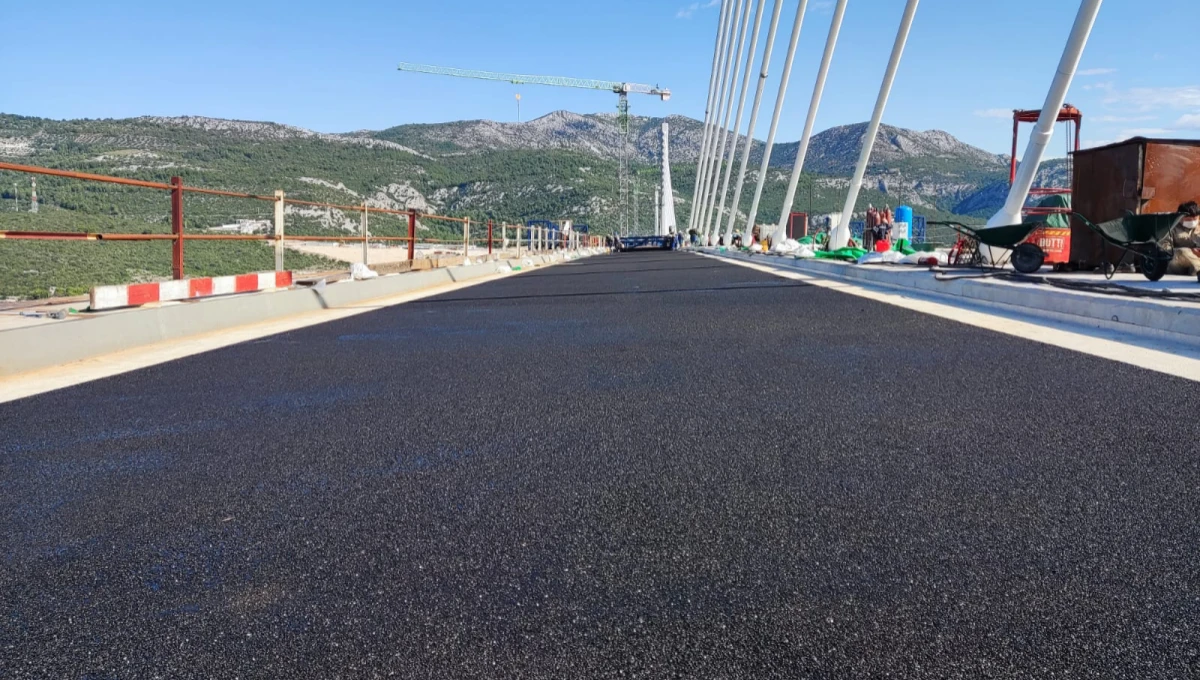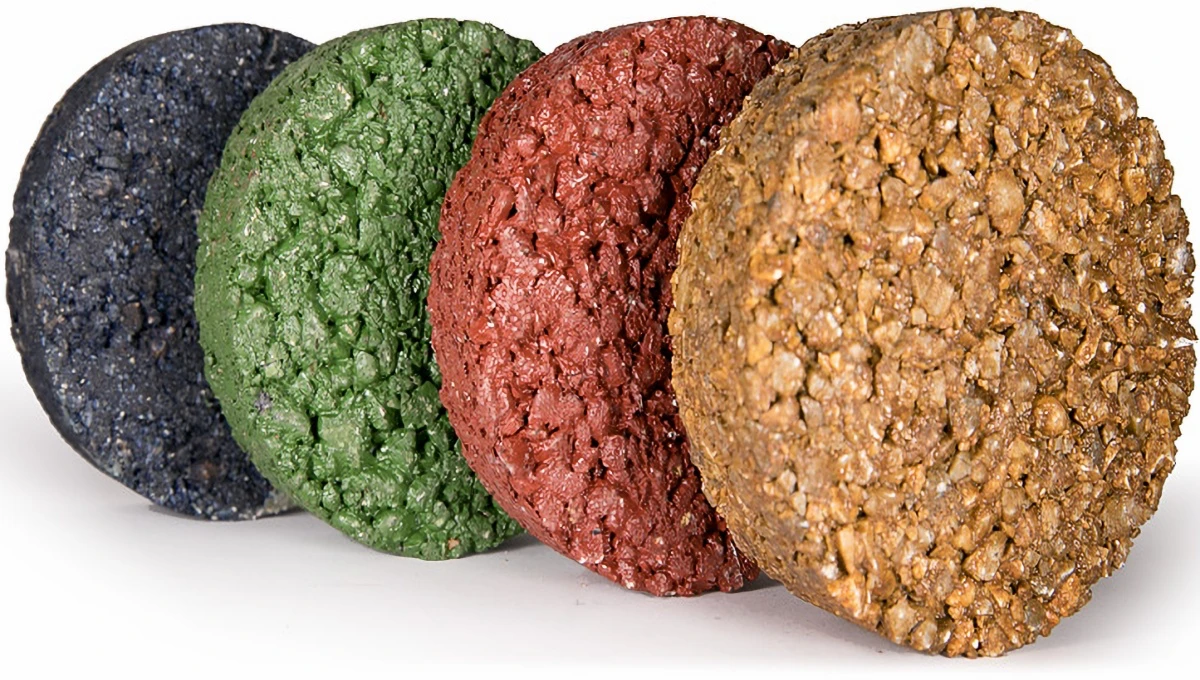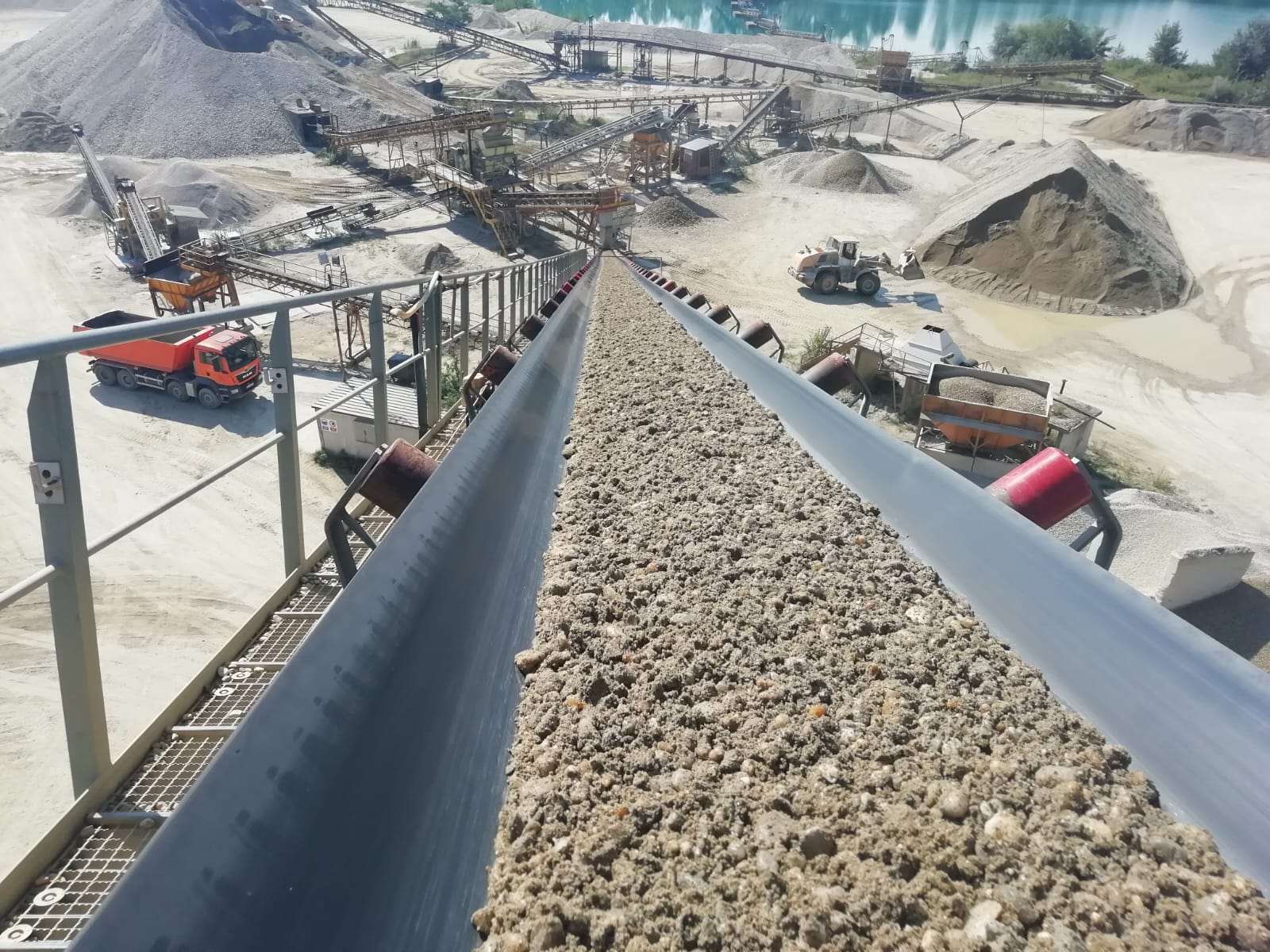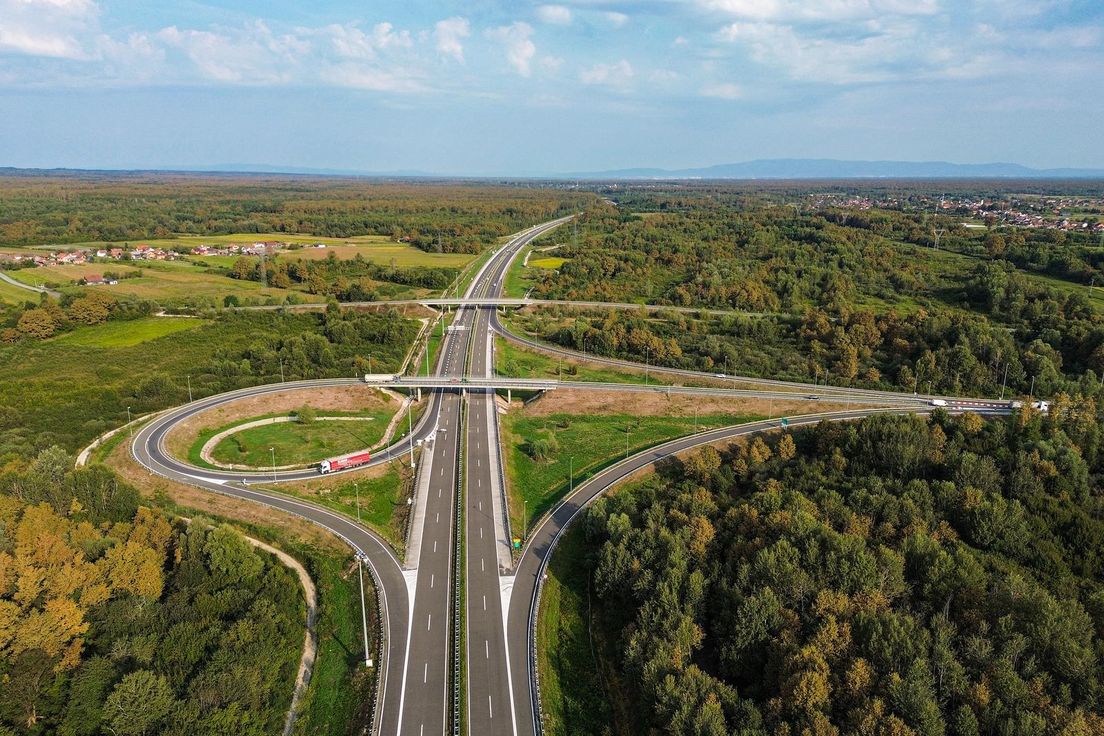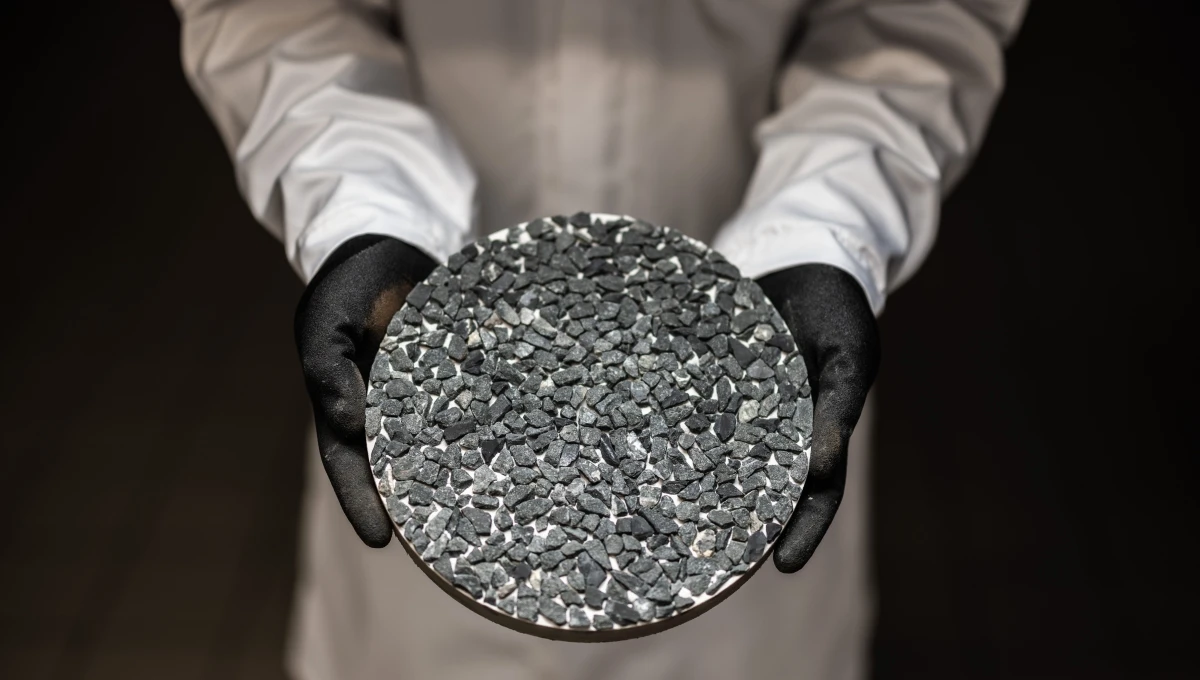SPECIAL PRODUCTS
In addition to classic road construction products of pavement construction (asphalt mixtures, emulsions, cold recycling, etc.), the Colas Hrvatska Group also offers special products adapted to market norms and requirements, as well as sustainable products based on recycled materials, technologies that reduce greenhouse gas emissions and increase energy efficiency.
Just some of the special products in our offer are
Surface dressing– Coladres
Cold asphalt – Compomac
Colclair
Colafrez – CWM
Colmix – a mixture of aggregates for the production of concrete
Urbalith
Novacol
Asphalt with rubber
